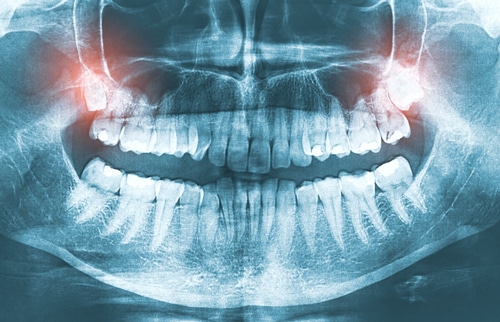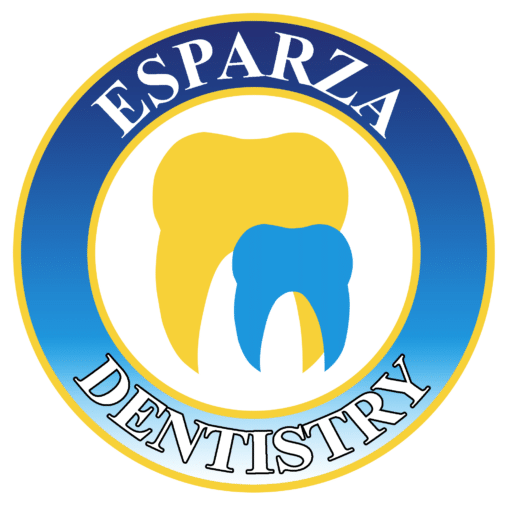A simple tooth extraction is an in office procedure that can be completed by your regular doctor, involving specialized tools to lift or pull the tooth from its socket. Teeth can be removed much easier than you might think. Teeth are held inside its bony socket by a set of elastic fibers, and your dentist will use a set of specialized tools to gently manipulate the tooth, causing the fibers to loosen and ultimate disconnect. After the tooth is removed, the extraction site may be filled with bone grafting material to minimize shrinkage in the surrounding bone tissue. Teeth that haven’t yet erupted are removed surgically, often with the patient under IV anesthesia to prevent discomfort and trauma. If necessary, the extracted tooth can later be replaced by a dental implant or bridge.
 Dental extractions are usually performed when teeth are too badly damaged to be saved, or when leaving a tooth in the mouth will cause more harm than good. There are four primary reasons why you might need to have a tooth extracted.
Dental extractions are usually performed when teeth are too badly damaged to be saved, or when leaving a tooth in the mouth will cause more harm than good. There are four primary reasons why you might need to have a tooth extracted.
- Tooth Decay
- Tooth Damage
- Dental Abscess
- Misalignment or Crowding
SOCKET PRESERVATION & BONE GRAFTING
Did you know the jawbone immediately begins to change it shape right after a tooth is extracted or pulled out? Because of this we use a technique cause socket preservation to maintain as much of the original shape and height of the area where the tooth was . Unfortunately, the jaw knows when a tooth is missing and immediately begins destroying those supporting structures if there is no intervention, leading to dips and irregularities in the bone ,
So we use socket preservation – a form of bone grafting – to protect and preserve this essential ridge and the surrounding bone tissue until dental implants are inserted and established into the jawbone
WHAT HAPPENS DURING SOCKET PRESERVATION?
Socket preservation is a type of bone grafting procedure designed to protect the alveolar ridge and empty tooth socket from decaying – simultaneously creating a stronger support system for the dental implant that will be put into place as scheduled. In addition to protecting the tooth socket shape, socket preservation can also correct or amend any deformity that may exist in the alveolar ridge or socket.
Once the socket preservation procedure is complete, the patient’s existing teeth – as well as the bone gaps between the teeth – remain firmly in place and are less susceptible to bone loss.
WHAT IF I DECIDE NOT TO GET THE SOCKET PRESERVED?
The majority of extractions nowadays should not be done without socket preservation, due to the negative results that can come about in the years to come. Not only is healing from an extraction more painful, there is higher risk of infection in the socket. Also, your other teeth can and will move in unpredictable ways. once a tooth is removed, teeth tend to shift ever which way, and defects in the bone can become visible, limiting the chance you have for for tooth replacement.
These movements of teeth in the jaw and gums can lead to longstanding health issues, including inability to bite, tooth movement leading to a higher risk of cavities, and limited options for tooth replacement.
